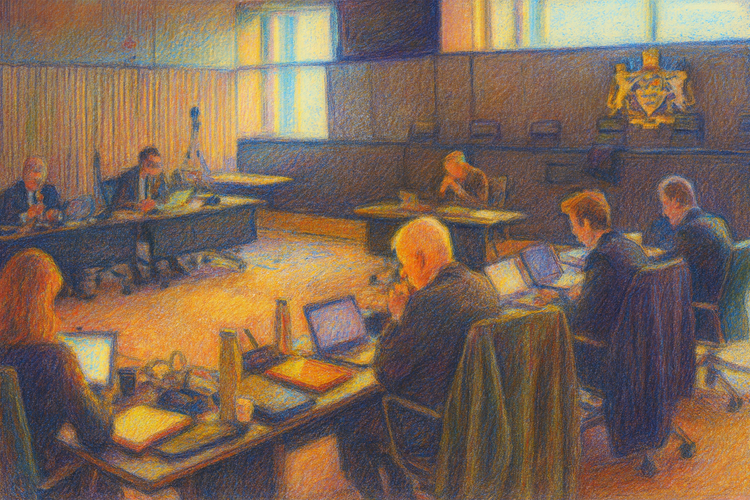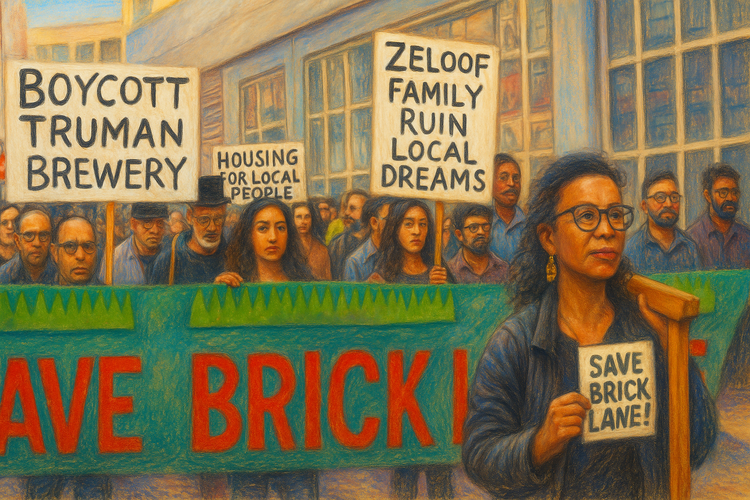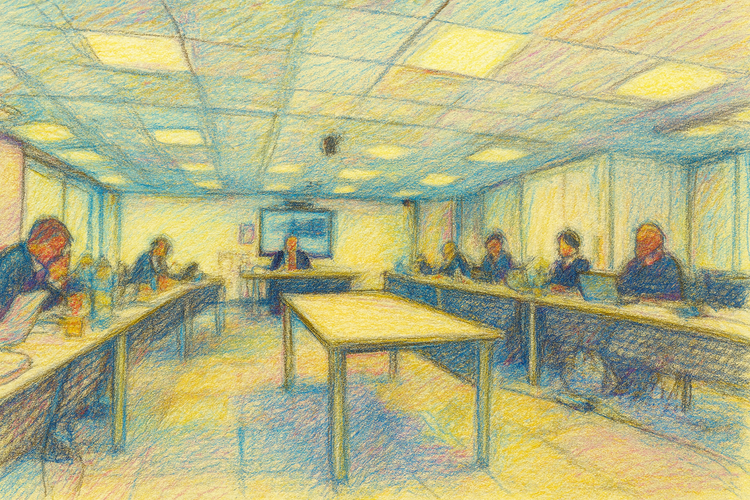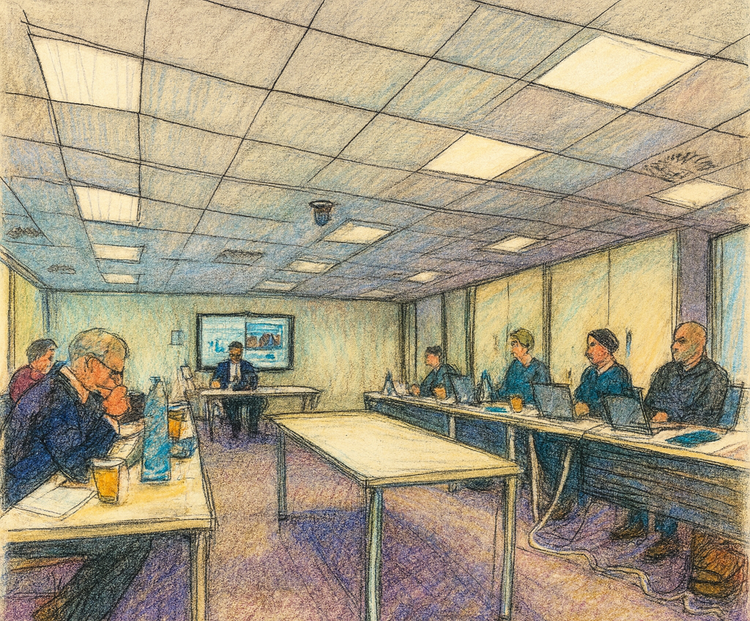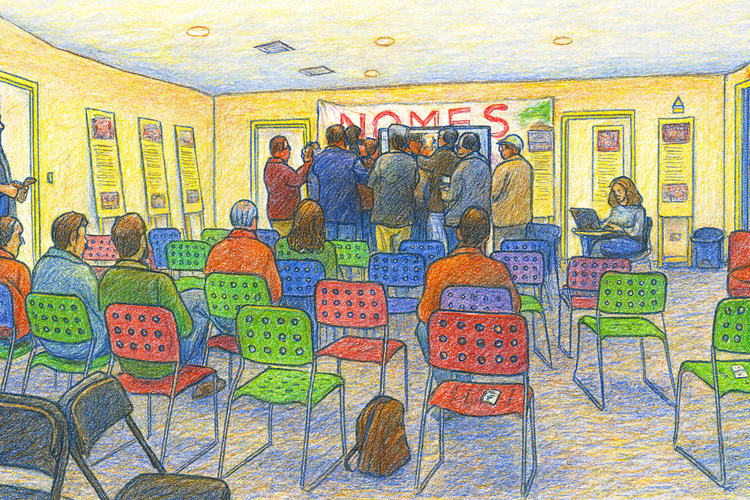Saving Station Street: Who Benefits When Britain Erases Its Own Memory?
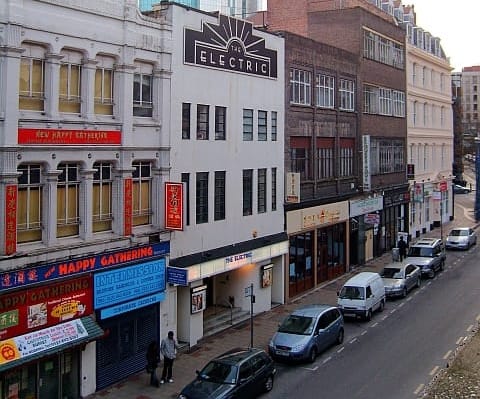
In Birmingham, Station Street runs only a few hundred metres between the city’s great stations. Yet along its short length are layered more than a century of cultural life — a microcosm of Britain’s creative and industrial memory.
Here stands the Electric Cinema (1909), the country’s oldest working picture house. Beside it, the Old Rep Theatre (1913), the nation’s first repertory stage. And just across the way, The Crown Pub, where a group of young musicians first assembled in 1968 to become Black Sabbath, inventing a sound that would echo across the world.
Today, this narrow street — part cinema row, part social commons — is threatened by a 50-storey tower development, an act of speculative ambition that promises a “mixed-use skyline” and threatens to erase an entire city block of memory.
A coalition of historians, musicians, and campaigners is now calling on Birmingham City Council to designate Station Street as a Historic, Cultural, and Civic Asset. Their demand, at its core, poses the question that underlies every act of modern redevelopment: Who benefits?
The Question of Value
In ConserveConnect’s feature Building New Towns, Letting Old Ones Die, we argued that the British development system has become a form of financial engineering — an apparatus that treats land not as a public good but as a vehicle for speculative yield.
Lewis Mumford, in The City in History (1961), warned of precisely this transformation: the city, he wrote, had become “a money-making machine divorced from the needs of life.”
That warning feels prophetic on Station Street. The proposed tower is not a project of civic necessity but of financial choreography — a gesture meant to signal urban dynamism while monetising skyline.
Jane Jacobs, in The Death and Life of Great American Cities (1961), offered the counterpoint that animates this campaign:
“Cities have the capability of providing something for everybody, only because, and only when, they are created by everybody.”
Station Street was built by everybody — bricklayers, actors, projectionists, and musicians — and shaped over decades by the incremental work of people who lived within earshot of its theatres and pubs. To erase it in the name of progress is not urban renewal but an act of civic amnesia.
As Anna Minton observed in Ground Control, Britain’s regeneration industry has repeatedly produced “a transfer of wealth and land to private developers, leaving the public with little more than debt and disillusion.” Station Street is simply the latest ledger entry in that ongoing transfer.
From Civic Space to Financial Asset
In Building New Towns, we showed how the government’s greenfield ambitions replicate a single dangerous assumption: that new construction equals renewal. Station Street is the same fallacy written small.
Its value lies not in redevelopment potential but in continuity — in the unbroken chain between Britain’s cultural industries and the working-class ingenuity that sustained them. Its façades, brickwork, and timber frames contain not just embodied carbon but embodied craft. As Mumford wrote, the city is “a record of collective memory that connects the living and the dead.”
To replace that record with a 50-storey investment product is not progress but subtraction. Jacobs had a phrase for it: cataclysmic money — “projects that inflict damage out of all proportion to what they accomplish.”
The calculus is painfully familiar: short-term capital extraction eclipses long-term cultural investment. Developers profit through uplift and pre-sales; financiers securitise future rents; politicians claim “growth.” And yet the people who gave the street its meaning — the artists, artisans, and independents — are the first to be priced out or pushed aside.
Birmingham as Microcosm
As ConserveConnect has documented in Peckham: Development or Regeneration?, Brick Lane: The Fight Deepens, and The Billion-Pound Loss, the pattern is national.
Whether in London, Margate, or Birmingham, regeneration has become a language of dispossession. Financial “viability” is invoked to justify the erosion of affordability, the demolition of heritage, and the displacement of small enterprise.
Birmingham, now reeling under a Section 114 bankruptcy notice, has turned to tall towers and private partnerships as instruments of recovery. Yet as The Billion-Pound Loss demonstrated, such projects generate the appearance of prosperity while exporting the profits elsewhere — to holding companies, pension funds, and offshore trusts.
Station Street is therefore not just a conservation story. It is a case study in the financialisation of culture — the transformation of civic space into investment product.
The Alternative: Reuse, Skills, and Cultural Continuity
The answer, as we wrote in Building New Towns, is not to build outward but to build inward — to reuse, retrofit, and repair what we already possess.
Station Street contains all the ingredients of sustainable urban life: density, walkability, mixed use, and heritage that anchors community identity. What it needs is maintenance, not obliteration.
It also needs the skilled hands capable of that maintenance. The Society for the Protection of Ancient Buildings has warned of a deepening skills crisis in conservation: Britain is losing the masons, joiners, and plasterers who understand how to work with lime, stone, and timber. Without them, reuse becomes unviable and demolition inevitable.
Jacobs saw the city as a collaborative craft. “Eyes on the street,” she wrote, depended on hands on the workbench — on a citizenry capable of caring for its own fabric. Mumford argued that true modernity lies in technology serving craft, not replacing it. And Minton reminds us that regeneration without participation is simply enclosure by another name.
If even a fraction of the funds earmarked for demolition were redirected to apprenticeships in traditional building skills — lime plastering, sash-window repair, brick conservation — the return would be profound: lower carbon, higher employment, and a living continuity of craft.
Real regeneration begins not with the crane but with the trowel.
The Moral Economy of Place
The fight for Station Street is, at heart, a fight over moral economy — over what and whom a city is for.
Mumford warned that when cities lose memory, they devolve into “lifeless cells.” Jacobs called it “a monotony of the new that makes nothing new.” And Minton has shown how such monotony is not accidental but systemic — the product of a financial order that turns cities into brands and citizens into tenants of those brands.
To designate Station Street as a Historic, Cultural, and Civic Asset would be to assert an alternative vision: that the city is a living organism, not a logo; a place to be inhabited, not extracted.
This is not anti-development. It is a call for development that remembers — investment guided by permanence, not speculation; by skill, not speed; by continuity, not spectacle.
Conclusion: The Street as a Mirror
In Building New Towns, Letting Old Ones Die we concluded that “to be bold is not to build new towns. To be bold is to bring old towns back to life.”
Station Street is that principle, made visible in brick and tile.
If Birmingham can save this small street — not by freezing it, but by allowing it to breathe again through restoration, adaptive use, and independent tenancy — it could offer Britain a model for cultural renewal. A model that says: our history is not a liability; it is our infrastructure.
Because every demolition and every tower poses the same moral question — and the answer, across Britain, is increasingly clear:
Who benefits?
If it isn’t the people who live, work, create, and remember here, then it isn’t progress.
Support the Campaign
Sign and share the petition to protect Station Street and support a culture-first regeneration plan: change.org/StationStreetBirmingham
Read related ConserveConnect coverage:
